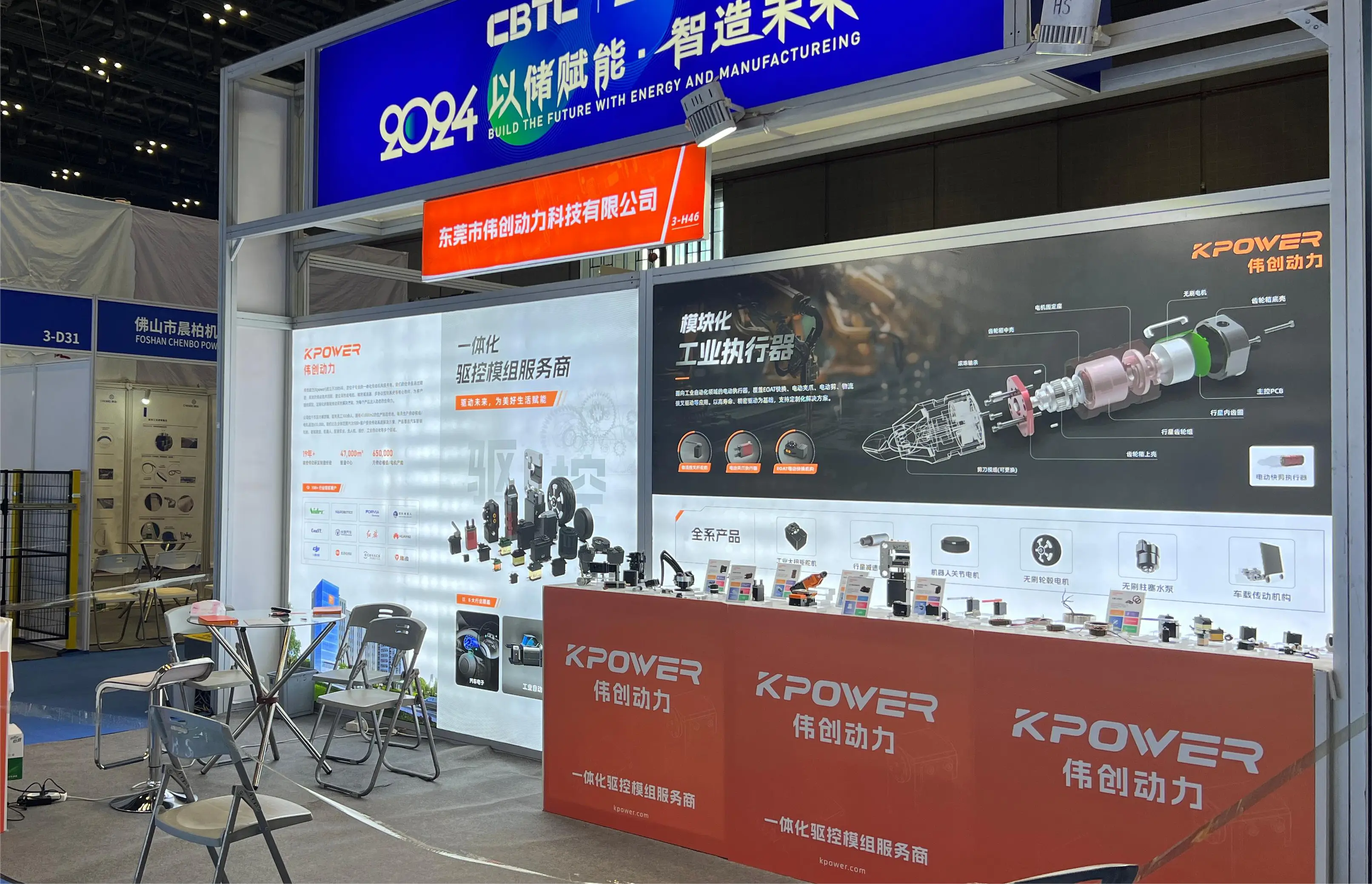Imagine this: You're tinkering in your workshop, wires everywhere, and you want that perfect, smooth sweep of a servo motor. Not just turning randomly, but adjusting with pinpoint accuracy. That’s where controlling the angle of a servo motor with Arduino comes into play. It’s like giving your project a brain — a way to tell it exactly how far to turn, when, and why.

Let’s talk about the magic behind it. The core idea is simple but powerful. A servo motor has a control wire, and through it, you can tell it what angle to move to. Using the Arduino, you can send specific signals to this wire, telling your motor to rotate just the right amount. Whether it’s for a robotic arm, an automated curtain, or a fancy art installation, precise control makes all the difference.
Now, picture yourself controlling a robotic camera mount. You want it to pan smoothly from one side to the other. It’s not about just flicking a switch; the transition should be fluid. When you’re working with Arduino, you’re basically programming it like a mini conductor, setting the timing and the degree of turn. You can set the servo to move to 0°, then 45°, 90°, and beyond, all with straightforward code. That’s the beauty — it’s easy to learn but packs enough punch for complex projects.
Ever wondered how responsive your project can get? Well, with the right setup, response times can be almost instant. Thanks to the PWM (pulse-width modulation) signals sent from Arduino, adjusting the servo's position is a matter of fine-tuning your code. The trick is to match your commands with how the servo interprets them — think of it as a delicate dance, where timing and precision are everything.
People often ask, "Can I make it turn to specific angles reliably?" Absolutely. The key is in calibration. As with any motor, minor tweaks make a big difference. Using simple sketches, you can test and set the angles until you're satisfied. Once set, your project can have consistent, repeatable moves every time.
Where does this all come together? In real-world applications. Imagine a model airplane, where controlling the flaps precisely enhances flight stability. Or a home automation system that adjusts window blinds exactly when the sun hits a certain point. It’s all about that smooth, controlled motion that a well-programmed servo offers.
The bigger picture? When you combine the flexibility of Arduino with a high-quality servo, the possibilities explode. Your DIY projects transform from basic setups into smart, responsive systems. It’s almost like giving your creations a mind of their own, making them respond accurately to your commands.
It’s not just about moving parts. It’s about creating something that feels alive, responsive, and precise. Whether you’re aiming for automation, robotics, or just a fancy gadget, mastering servo control opens up new doors. And once you get a feel for it, you’ll wonder how you ever managed without it.
Established in 2005, Kpower has been dedicated to a professional compact motion unit manufacturer, headquartered in Dongguan, Guangdong Province, China. Leveraging innovations in modular drive technology, Kpower integrates high-performance motors, precision reducers, and multi-protocol control systems to provide efficient and customized smart drive system solutions. Kpower has delivered professional drive system solutions to over 500 enterprise clients globally with products covering various fields such as Smart Home Systems, Automatic Electronics, Robotics, Precision Agriculture, Drones, and Industrial Automation.




































